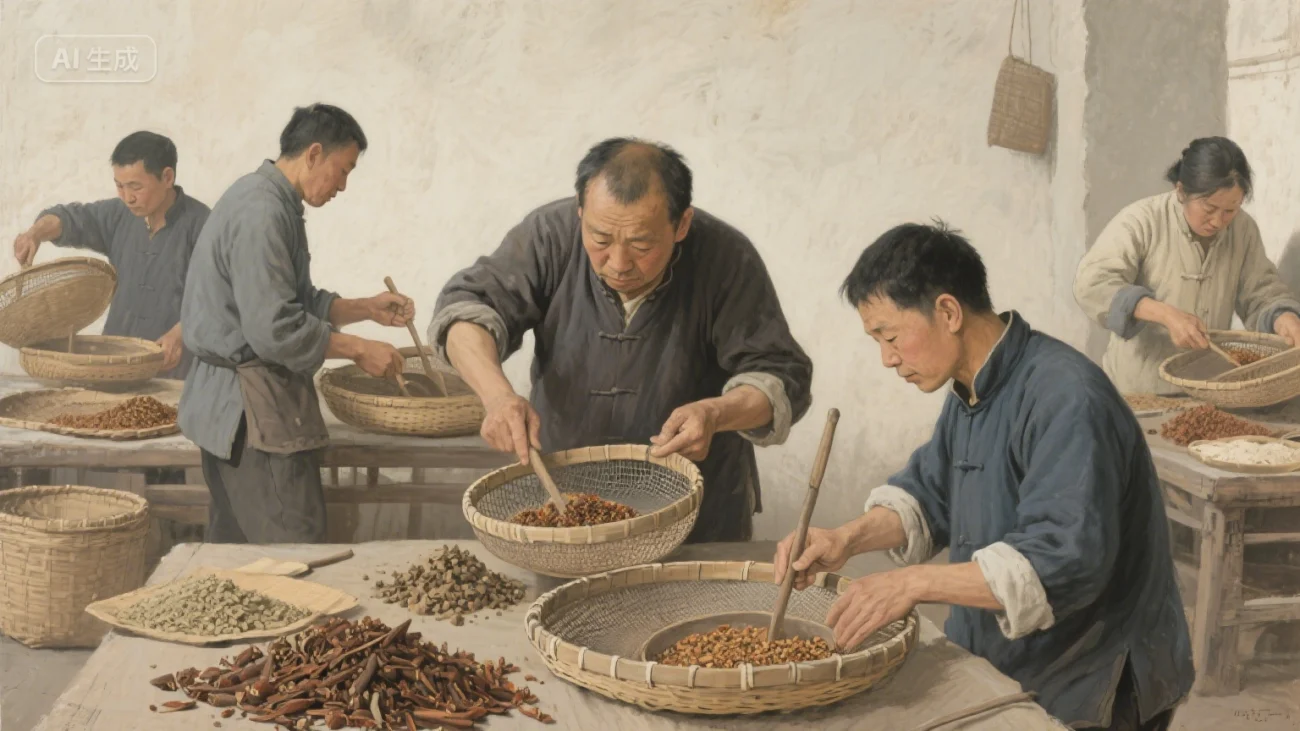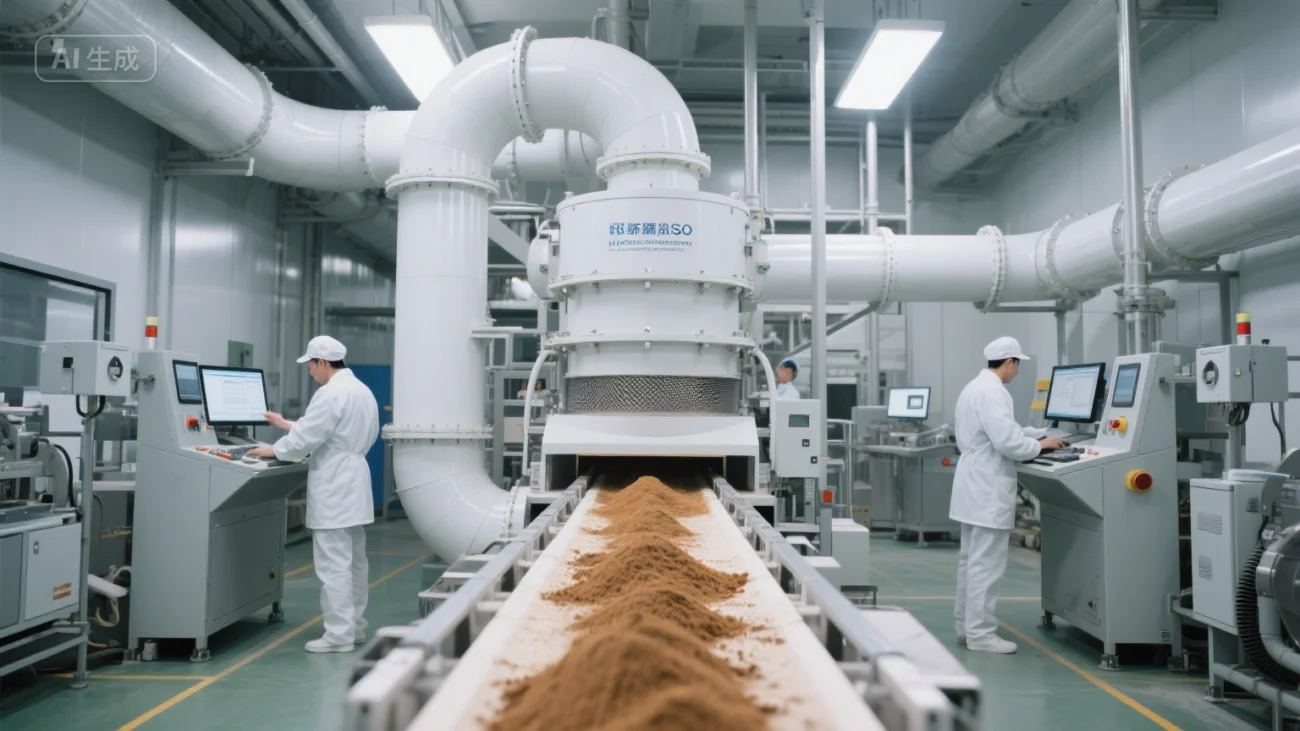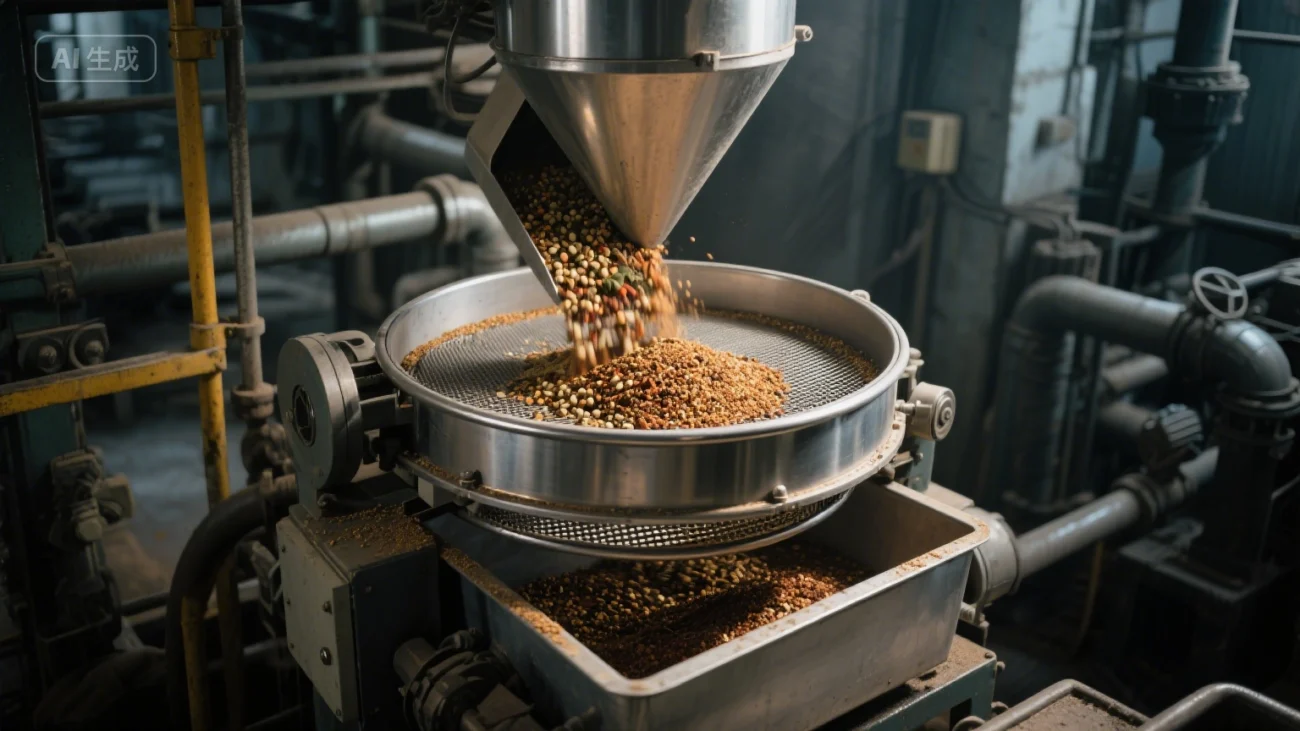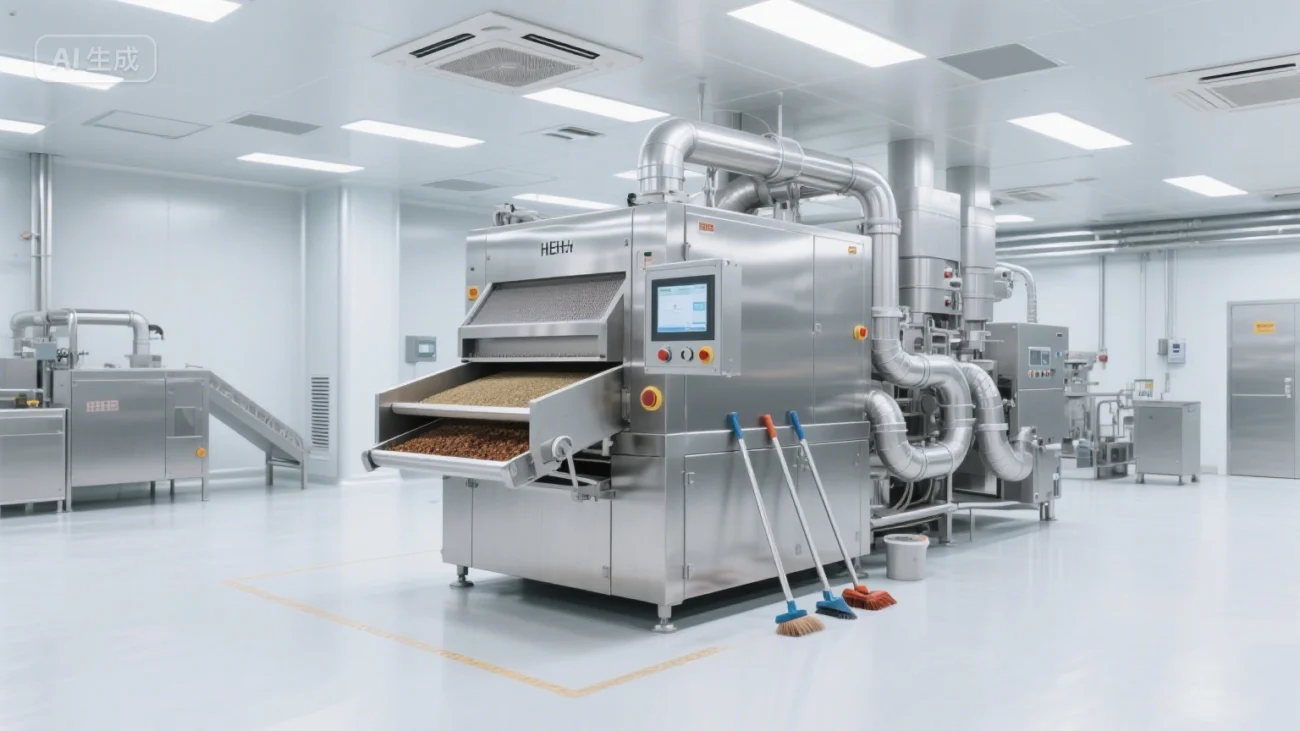The Evolution of Spice Processing: Challenges and Technological Interventions
The Indian subcontinent has long stood as the epicenter of spice cultivation and trade. From the arid terrains of Rajasthan to the tropical climates of Kerala, the diversity in soil and climate has produced an equally rich variety of spices. However, as global demand for Indian spice powder intensifies, so does the scrutiny over quality control, consistency, and purity. Traditional methods of sieving, often reliant on manual labor and basic mesh systems, fall short in meeting the rigorous standards of contemporary international markets.

The process of converting whole spices into fine, uniform powder involves a meticulous sequence of grinding, filtering, and drying stages. Within this processing chain, the sieving phase is critical; any inefficiency at this point can compromise product uniformity, lead to contamination, and ultimately reduce export-grade value. The market has seen a paradigm shift with the advent of the high-efficiency screening machine, which replaces manual sifting with advanced vibratory technology. These machines utilize multi-plane inertial vibration to segregate particles by size with unparalleled accuracy.

What sets modern spice processing equipment apart is not just the increase in throughput, but the reduction in cross-contamination and human error. Spice powders, particularly those like turmeric and chili, are susceptible to microbial infestation when exposed to open environments. The latest generation of closed-loop vibrating screens addresses this issue with sealed systems and dust-tight designs, contributing to compliance with stringent HACCP and ISO standards. This shift not only optimizes efficiency but also represents a leap toward mechanized, hygienic spice production.
Technological Excellence: The Role of High-Efficiency Vibrating Screens in Quality Enhancement
Precision in particle size is not merely a matter of visual appeal; it directly correlates with solubility, flavor dispersion, and shelf-life of the spice product. The incorporation of a high-efficiency screening machine into the processing line ensures that only correctly sized particles are allowed to progress to the packaging phase. These systems, typically integrated with programmable logic controllers (PLCs), offer customizable screen mesh sizes, variable frequency drives, and real-time diagnostics—allowing for fine-tuning based on the specific spice being processed.
Unlike conventional screening units, which often struggle with moisture-laden or electrostatically charged powders, modern units engineered from food-grade stainless steel vibrating screen structures exhibit enhanced anti-corrosive properties and maintain structural integrity under high throughput conditions. This ensures not only longevity of the equipment but also maintains sanitary conditions critical to spice processing.
Additionally, the introduction of ultrasonic cleaning systems and auto-deblinding mechanisms allows these machines to maintain maximum throughput without clogging—especially relevant in processing dense spice powders like coriander or dry ginger. These features ensure continuous operation, thereby reducing downtime and labor costs. The operational scalability of such automated spice sieving equipment allows small and large manufacturers alike to adapt the same machinery across different production volumes and spice varieties.

Integrating Automation and Hygiene in Modern Spice Manufacturing Facilities
Spice processing facilities today are undergoing rapid transformation. Compliance with global food safety standards is no longer optional—it is imperative. The deployment of automated spice sieving equipment not only aligns with regulatory mandates but also enhances operational transparency. These machines come equipped with clean-in-place (CIP) systems, HEPA-filtered exhausts, and antistatic coatings—making them ideal for maintaining hygiene in volatile production environments.
The construction of these systems from food-grade stainless steel vibrating screen components ensures resistance to chemical cleaning agents and guarantees no leaching of contaminants. The modular design allows for quick disassembly, reducing changeover times between different spice batches. This is particularly critical in preventing allergen cross-contact, which is a growing concern in global spice exports.

Moreover, automation brings with it the capability for data integration. Modern spice processing equipment interfaces seamlessly with enterprise resource planning (ERP) systems, offering insights into batch traceability, production efficiency, and equipment health. The convergence of hardware precision and digital intelligence renders these systems indispensable in the pursuit of zero-defect manufacturing.
In conclusion, as demand for premium-quality Indian spice powder accelerates globally, the role of high-efficiency screening machine solutions in streamlining and safeguarding the production process becomes unequivocal. Through advances in material science, automation, and hygienic design, the modern spice processing equipment landscape is poised to support India’s position as the world leader in spice exports. Embracing automated spice sieving equipment not only future-proofs operations but also instills a new benchmark of excellence in the spice industry.
